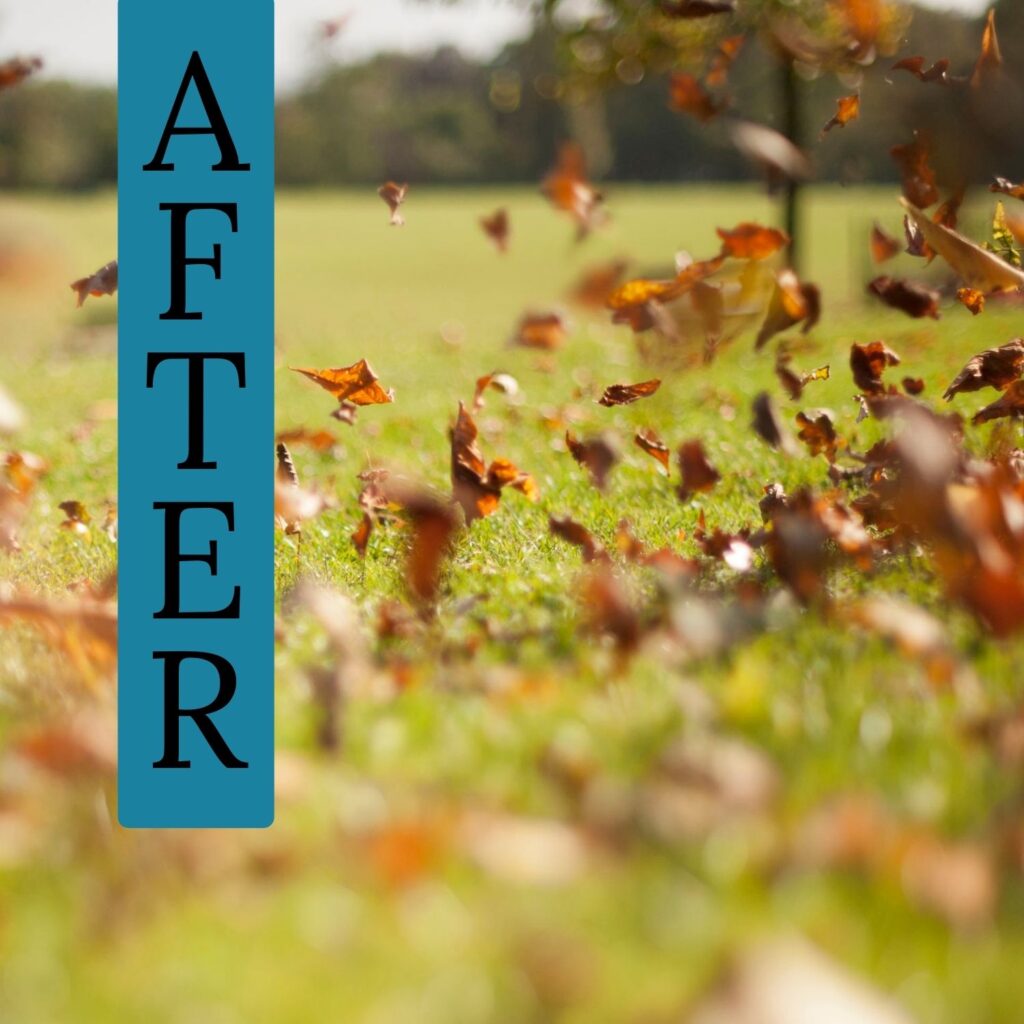

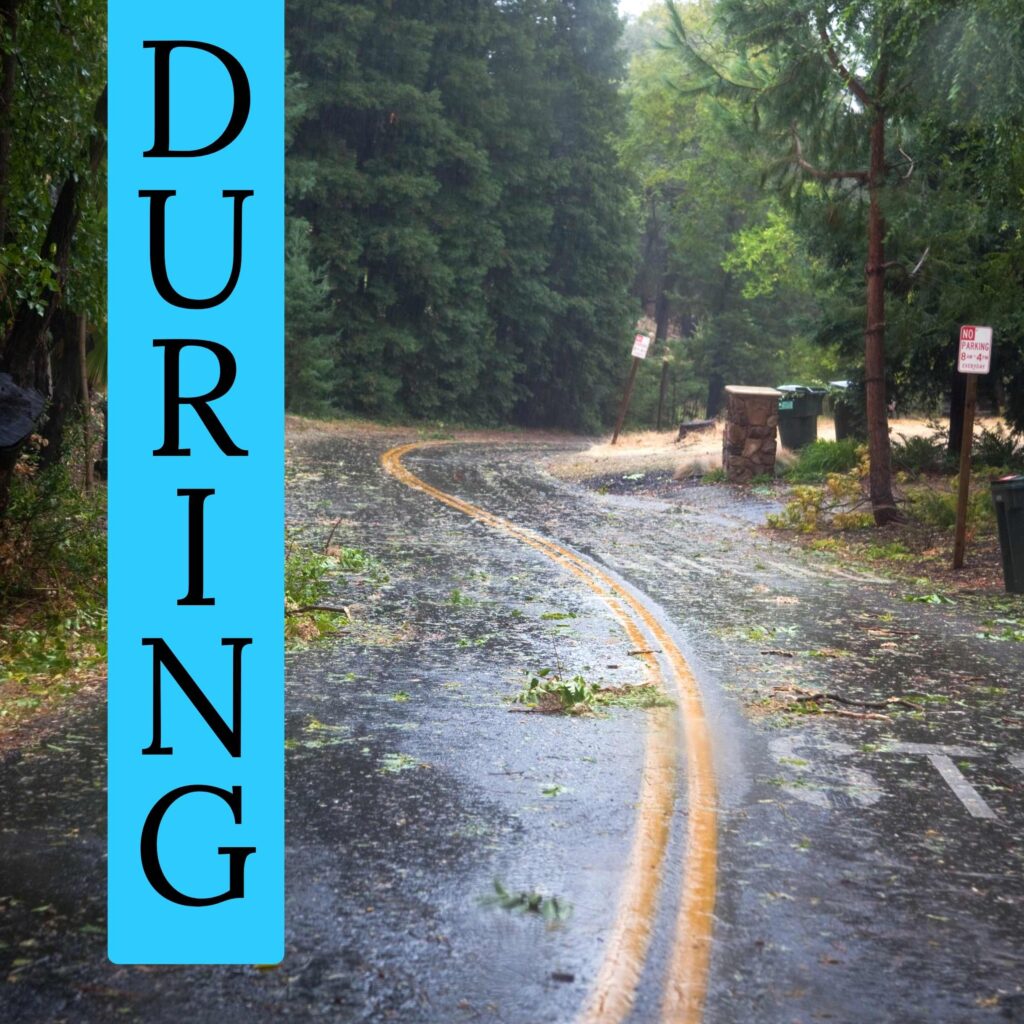
Extreme Wind Storm Preparedness in Skamania County
Skamania County, known for its dramatic landscapes and powerful natural forces, is no stranger to extreme windstorms. These storms, fueled by the unique geography of the Columbia River Gorge, can cause widespread damage and disruption. Preparing for such events is crucial to ensure the safety of residents, property, and the environment.
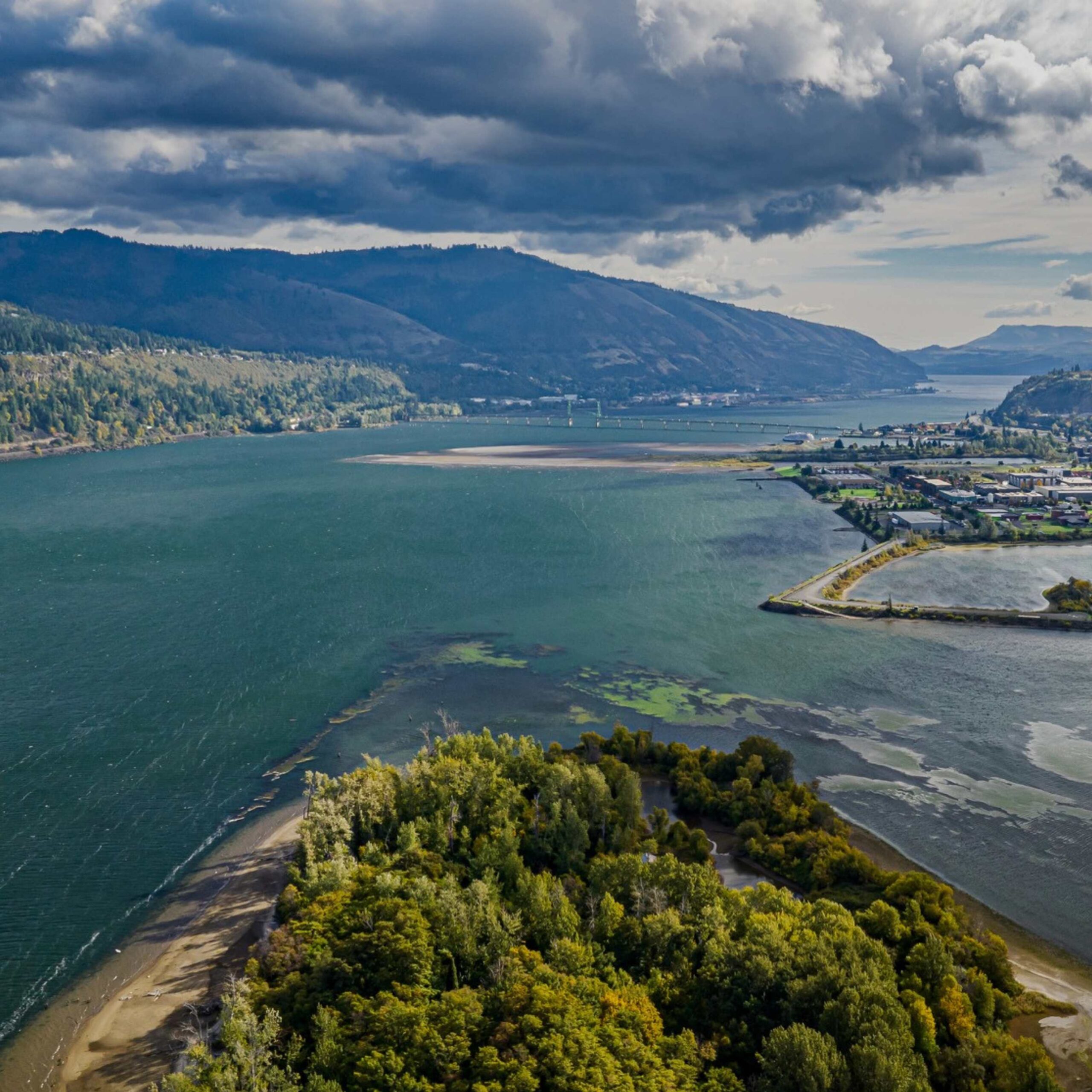
Why Are Windstorms So Intense in Skamania County?
The Columbia River Gorge acts as a wind funnel, amplifying gusts during storms. Seasonal weather patterns, combined with the Gorge’s natural geography, create conditions where winds can reach extreme speeds, capable of toppling trees, damaging homes, and disrupting power lines.
Geographic Funnel Effect:
The Columbia River Gorge is a narrow, steep-sided canyon that runs between the Cascade Mountains, connecting the Pacific Ocean and the Columbia Basin. This natural structure funnels air through a constricted space, significantly increasing wind speeds.
Pressure Gradient:
- The Gorge often experiences strong pressure differences between the east and west sides.
- In winter, high pressure builds over the inland Columbia Basin, while lower pressure dominates the coast. This creates a pressure gradient that drives cold, dense air through the Gorge at high speeds toward the Pacific.
- In summer, the gradient reverses, with warm air moving eastward.
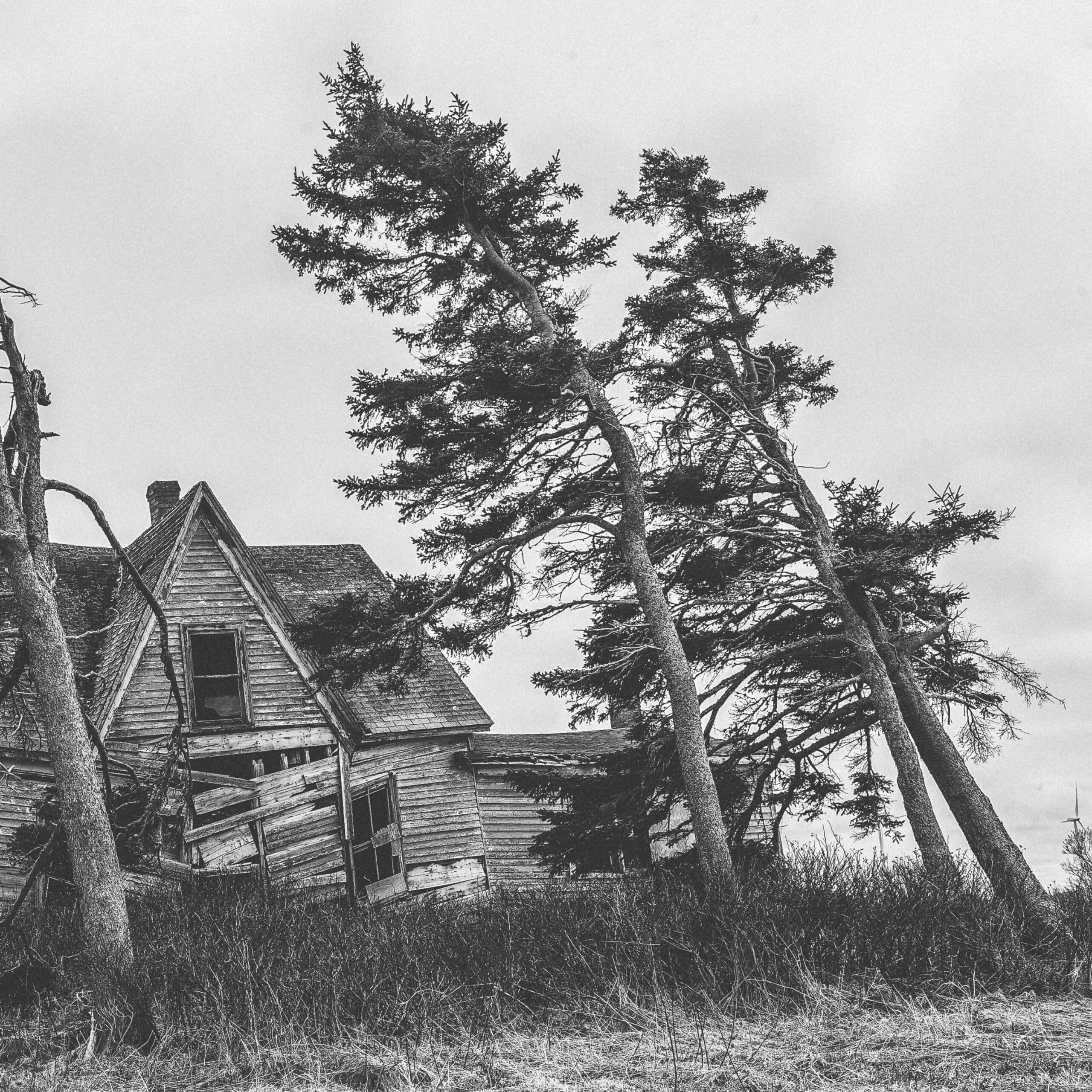
Potential Dangers of Windstorms
- Falling Trees and Branches: Skamania County’s dense forests make falling trees a significant hazard during high winds. These can damage property, block roads, and cause injuries.
- Power Outages: Downed power lines are common during windstorms, leading to extended outages in remote areas.
- Flying Debris: Loose objects can become projectiles, posing risks to people, vehicles, and structures.
- Road Hazards: Strong winds can make driving dangerous, especially for high-profile vehicles or in exposed areas.

Community Preparedness in Skamania County
Skamania County residents are proactive about windstorm preparedness. Local authorities often provide advance warnings and emergency updates through social media, text alerts, and community bulletin boards. Emergency responders and volunteer groups are ready to assist with cleanup and recovery efforts.
Extreme windstorms are a natural part of life in Skamania County. By staying informed, prepared, and connected as a community, residents can face these storms with resilience, minimizing risks and recovering quickly when the winds subside.
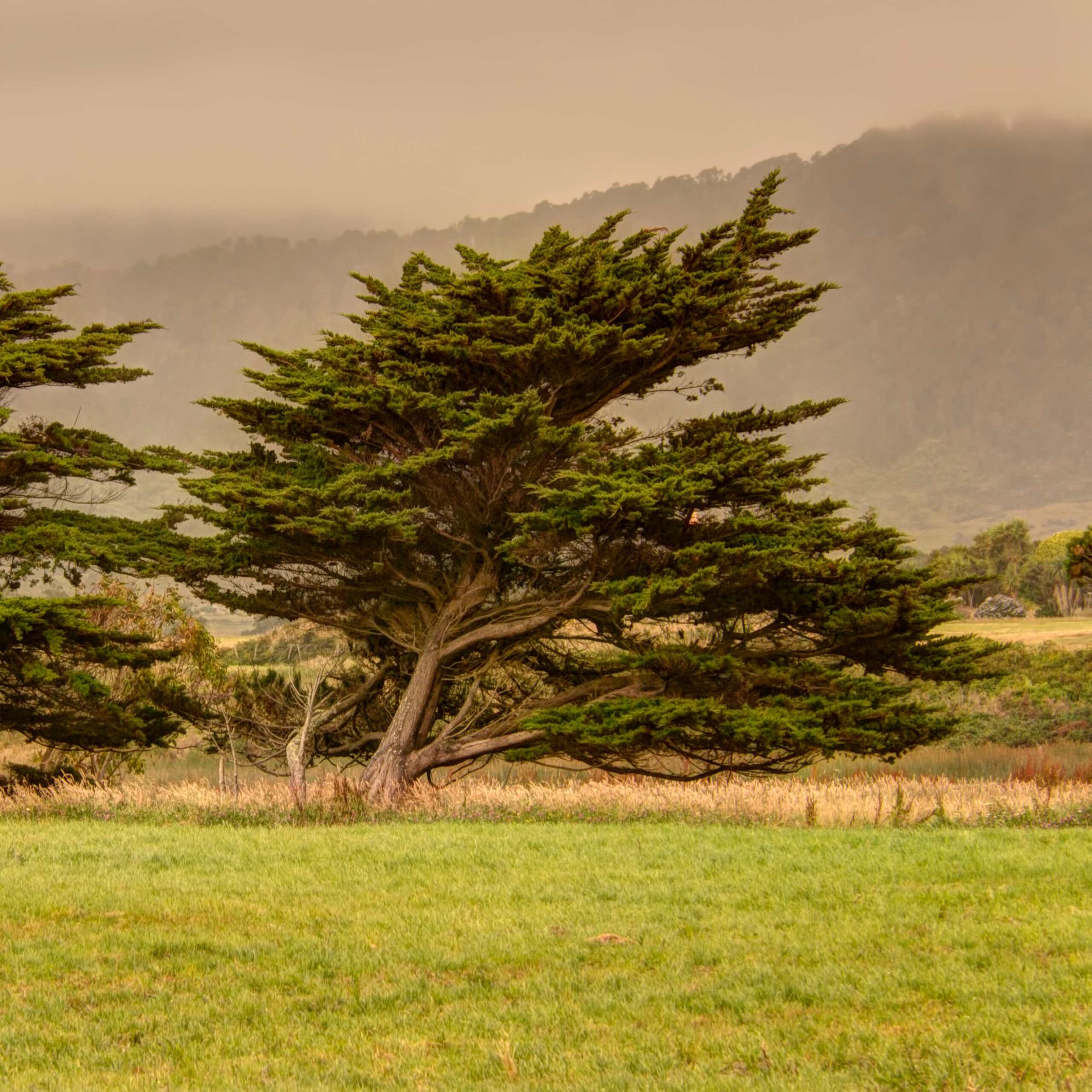
Weather Patterns That Amplify Winds
Storm Systems:
During storms, strong fronts moving into the Pacific Northwest interact with the Gorge’s geography. Windstorms often accompany these weather systems, enhancing the already significant gusts generated by the funnel effect.
Chinook and Gap Winds:
- When warm, moist air flows into the region, it is forced through the Gorge, creating “gap winds” that accelerate as the air squeezes through the narrow passage.
- These winds can reach speeds over 60 mph, creating hazardous conditions.
East Winds in Winter:
In cold months, east winds dominate, bringing frigid air from the interior basin. These winds are not only strong but can also make conditions harsher by carrying icy temperatures that freeze surfaces and increase the risk of treefall.
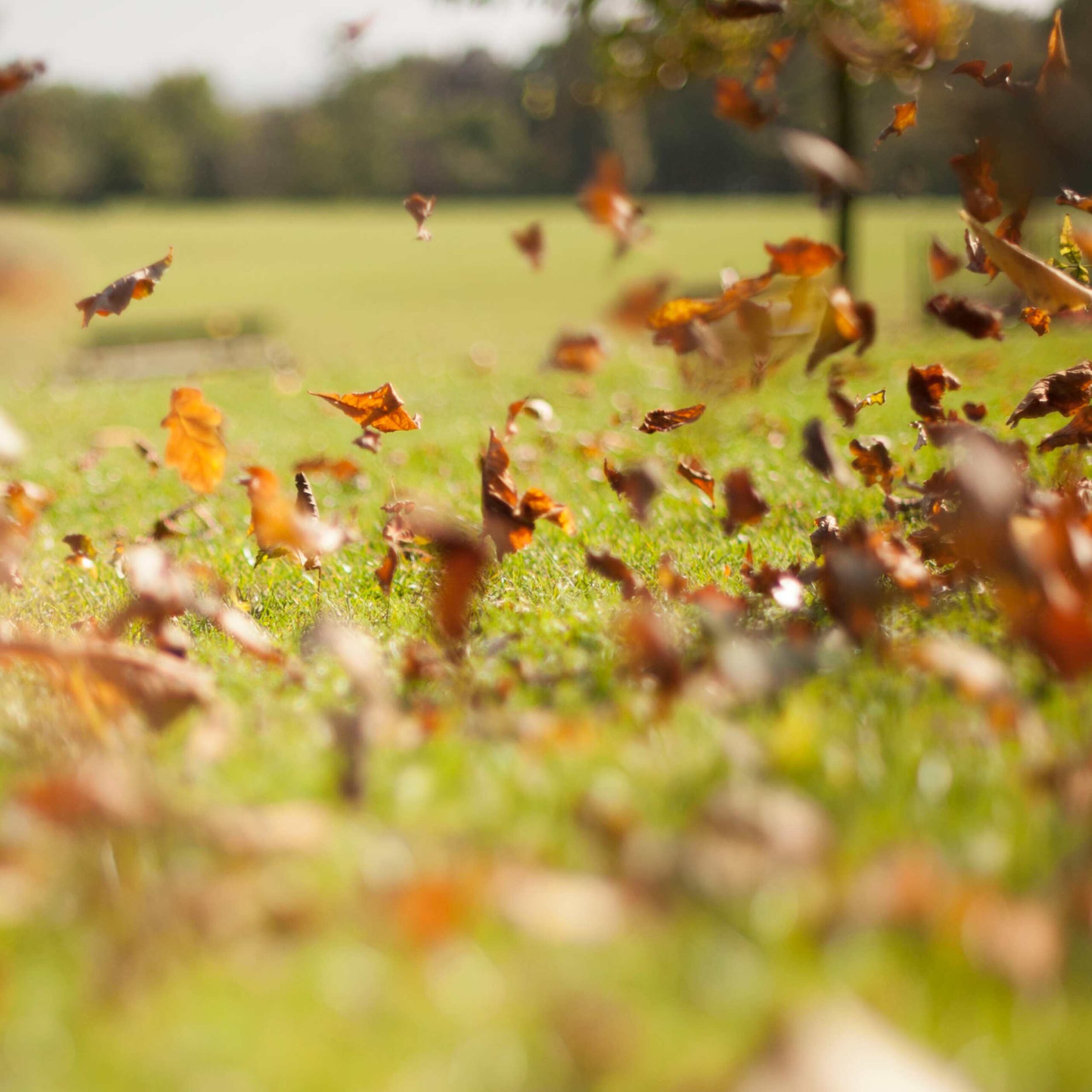
Additional Contributing Factors
Topography:
The Gorge’s steep cliffs and dense forests amplify the effects of wind. Winds racing through the canyon hit obstacles like trees, causing turbulence and creating erratic, swirling gusts.
Microclimates:
The Gorge’s varying terrain creates localized microclimates, where wind speeds can differ dramatically over short distances. For example, open areas like Bonneville Dam and Beacon Rock often experience stronger gusts than sheltered valleys.
Humidity and Moisture:
The region’s typically moist environment can weaken trees and soils, making them more susceptible to wind damage during storms.